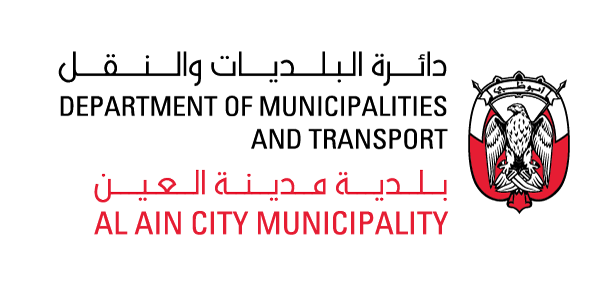Al Ain City Municipality has begun the implementation of a project to develop the Clock Roundabout by upgrading the intersection and the old clock, as it is one of the most important landmarks in the city of Al Ain. This project is part of the municipality's efforts to enhance the city's infrastructure and key facilities.
The project, which is expected to be completed by the end of the third quarter of this year, includes the redevelopment of the Clock Roundabout by removing the old clock and constructing a new iconic structure. The new design features 80-meter-long illuminated slanted arches that span across the current intersection, with a clock suspended from all four sides at the top, centrally positioned in the middle of the intersection.
Additionally, the project includes modifications to the existing roads at the Clock Roundabout to accommodate the proposed new structural arches. It also involves the modification and development of existing pedestrian walkways, as well as the creation of bike lanes. The designs and works were carried out with a focus on aesthetic appeal, incorporating LED lighting systems to highlight the structures with customized colors and national themes, among other cosmetic improvements. This aligns with sustainability standards, emphasizing the creative execution of the design development process and connecting the present with the past.
The project, which is expected to be completed by the end of the third quarter of this year, includes the redevelopment of the Clock Roundabout by removing the old clock and constructing a new iconic structure. The new design features 80-meter-long illuminated slanted arches that span across the current intersection, with a clock suspended from all four sides at the top, centrally positioned in the middle of the intersection.
Additionally, the project includes modifications to the existing roads at the Clock Roundabout to accommodate the proposed new structural arches. It also involves the modification and development of existing pedestrian walkways, as well as the creation of bike lanes. The designs and works were carried out with a focus on aesthetic appeal, incorporating LED lighting systems to highlight the structures with customized colors and national themes, among other cosmetic improvements. This aligns with sustainability standards, emphasizing the creative execution of the design development process and connecting the present with the past.
